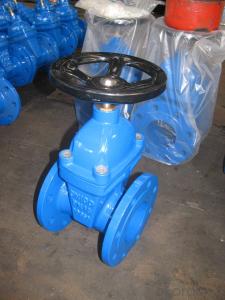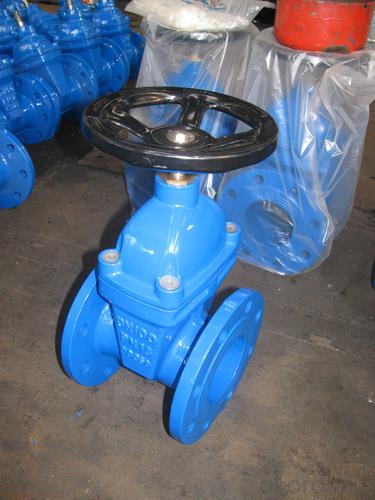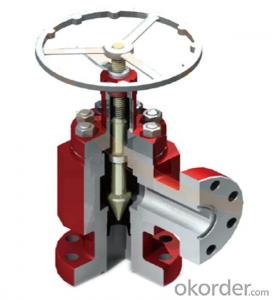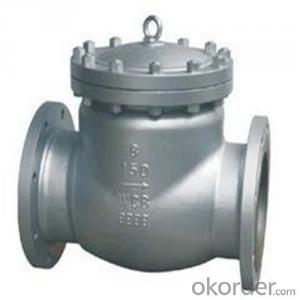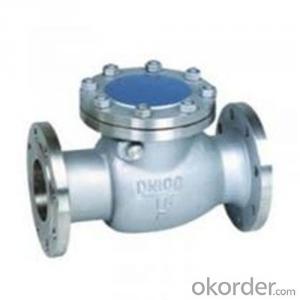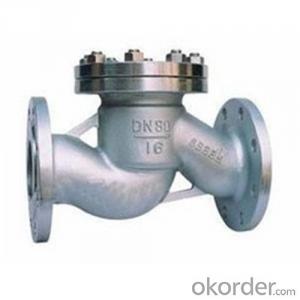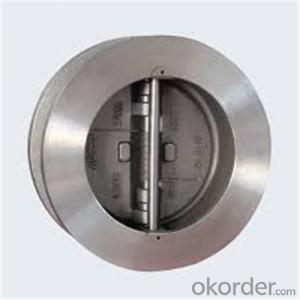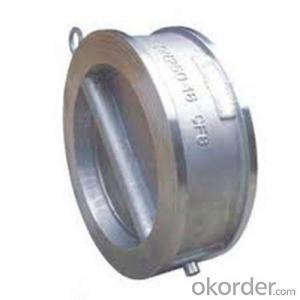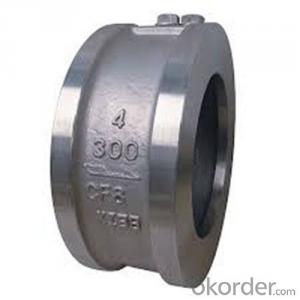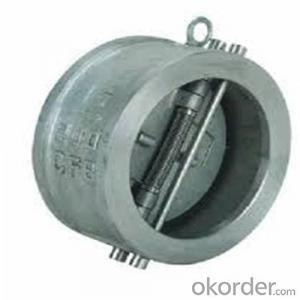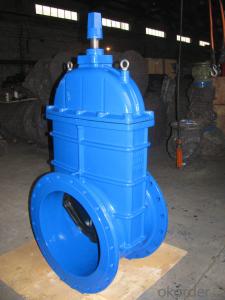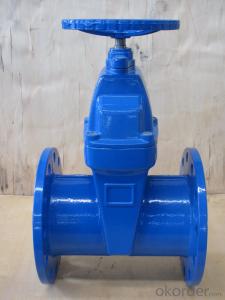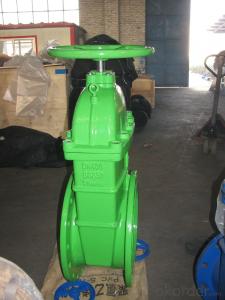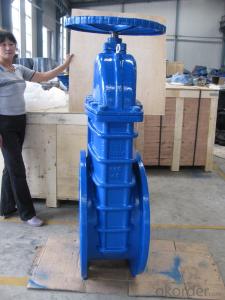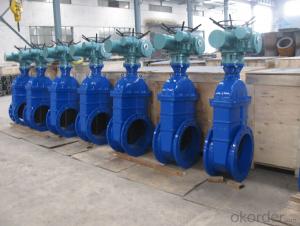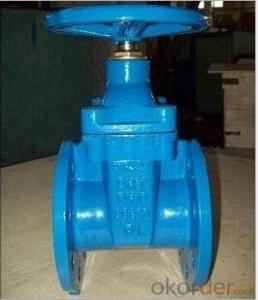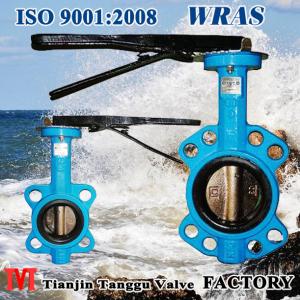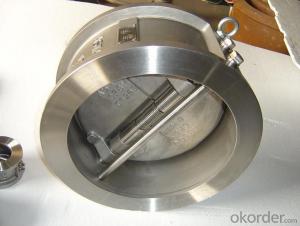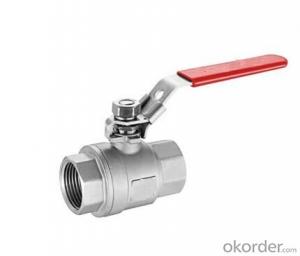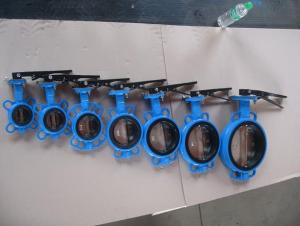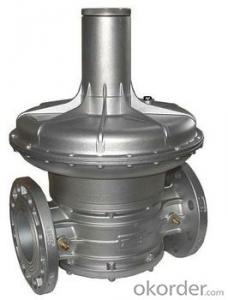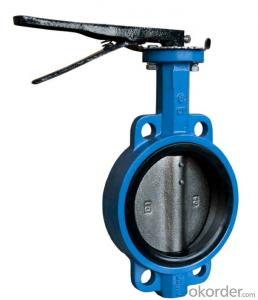Non-rising Stem Resilient Seated Gate Valve F4
- Loading Port:
- China Main Port
- Payment Terms:
- TT OR LC
- Min Order Qty:
- -
- Supply Capability:
- -
OKorder Service Pledge
OKorder Financial Service
You Might Also Like
Type: | Non-Rising Stem |
Material: | Body: Cast Iron / Ductile Iron Wedge: Cast Iron / Ductile Iron Encapsulated with EPDM Seat: EPDM / NBR Shaft: SS410 Stem Nut: Brass O-ring: EPDM, NBR Wedge Nut: Brass / Bronze Hand Wheel: Ductile Iron
|
Operator: | Hand Wheel / Bevel Gearing / Square head / Electric actuator |
Face to Face: |
BS5163: 1986, DIN 3202 F4-F5, JIS B2002, ANSI B16.10
|
Flange: | BS4504, DIN 2532, JIS B2212, ANSI B16.10/ANSI B16.50
|
Working Pressure: | 16 Bar(200 PSI) |
Design and Manufacturer Standard : | BS5163, DIN 3352, JIS B2043 |
Test Standard: | API 598 BS6755 DIN 3230 JIS B2003 |
Application: | Water works, Sewage, Public facilties, Building industry, Petroleum, Chemical, Steel, Metallurgy, Paper Making Industry, Foods, Beverage, HVAC |
| | | | ||||||||
| | | | ||||||||
| | | | ||||||||
| | | | ||||||||
| | | | ||||||||
| | | | ||||||||
| | | | ||||||||
| | | | ||||||||
- Q: I am 16, and i have a leaky heart valve. What makes it worse so i can try to prevent from it getting worse? please help.
- It would be very helpful to know which valve is involved. At your age a bicuspid aortic valve would be the most common congenital heart lesion. Regurgitation tends to increase over time no matter what is done. There is nothing that you will be able to do to prevent this from getting worse if that is the nature of the valvular abnormality. If you provide me with additional information I may be able to offer a more thorough and thoughtful response. I wish you the very best of health and in all things may God bless. JR
- Q: Is this possible? The valve is way too big to fit the rim. Is there a special inner tube for this rim? Thanks in advance.
- Sounds as if you need a tube with a Presta valve stem vs. a Schrader valve stem. Link below showing the difference.
- Q: Im trying to replace the egr valve on a 97 lincoln continental. I need to find out what size wrench I need, to get the nut off. Do you know?
- I am assuming you want to replace the EGR valve because you are getting an insufficient EGR flow trouble code. Before you replace a perfectly good valve with an inferior aftermarket part that will likely fix nothing, a little more diagnosis is in order. If you have access to a scan tool and a vacuum gauge, perform a KOER (key on engine running) test on the engine with the vacuum gauge connected to the hose to the EGR valve. When self-test reaches the EGR test, look for the vacuum guage to move during the self test. If it moves, the vacuum source and EGR solenoid are good. If not, trace the vacuum harness for leaks. Without the scanner and vacuum gauge, find a length of hose and suck on the hose, or connect to other vacuum source to test the valve. You are looking for an RPM drop at idle when you open the valve in this way. I suspect your problem is a passageway clogged with carbon. Remove the valve and throttle body to access the clogged areas and manually decarbonize. This is the most common reason for an insufficient EGR flow on a Lincoln, along with a faulty DPFE sensor or related hoses. My money is on the clogged passages or the bad DPFE sensor.
- Q: I have 3 such valves in the line and none seem to be able to move past 10/4 oclock position and water remains on. Is there a way to adjust valve? Seems there is slot for screwdriver in center of valve.
- Pvc Shut Off Valve
- Q: so here are the details. i've been using my trumpet for about 6-8 years now and 1 if not 2 valves get stuck on my trumpet. the problem is not the oil as i have over oiled them too and no go. its that when i try to put my valves back in their place and twist them they don't stay in place,move ,and making either my valves stuck or making my trumpet not do a sound. what should i do? repair shop or buy a new one? i hear the clicking sound when i put them back but still all that does is either make my valve more sticky
- Trumpet valves have metal or plastic tabs that fit into grooves on the casing. They keep the valve in allignment. It sounds like the tabs on your horn could be broken. I suggest letting a repair shop do the work.
- Q: I have tried to adjust valves of Suzuki Intruder VS400 but they still tapping..so how to adjust them in the right way?
- You know what they say. if you cant hear the valves tapping, their doing damage! but it can be too loud. Make sure that your cylinder is at top dead center for the valve your adjusting. Then You need to know what feeler gauge is right but you probably already know. Make sure when you adjust them that they make the feeler gage drag slightly when you pull it out. If you have a twin you need to make sure that each cylinder is top dead center when you adjust the valve for it.
- Q: My sump pump shut-off valve is very noisey. I wrapped insulation around it, but it still clunks. The clunk can keep me awake.
- Silent Sump Pump
- Q: I have a question about my car. The mechanic told me that my valve body needed to be rebuilt. However I read that the valve body is a sensor that tells the car when to shift gears. Now my car is a semi automatic so I can shift gears myself! I was wondering if someone could tell me whether it was still necessary to rebuild it if I'm going to be shifting gears myself? I just don't want to mess up the valve body even more and eventually have to get a whole new transmission!
- if its not slipping or banging when shifting i wouldnt worry too much ... if its not shifting right though i would get it fixed ..
- Q: Why can't i start my valve?
- makes no sense try again
- Q: automotive cylinder heads and valve
- Valve rotators are just that, they cause the valves to rotate during operation preventing wear in only one spot there by extending the life of the valve and the valve seats.
Send your message to us
Non-rising Stem Resilient Seated Gate Valve F4
- Loading Port:
- China Main Port
- Payment Terms:
- TT OR LC
- Min Order Qty:
- -
- Supply Capability:
- -
OKorder Service Pledge
OKorder Financial Service
Similar products
Hot products
Hot Searches
Related keywords
